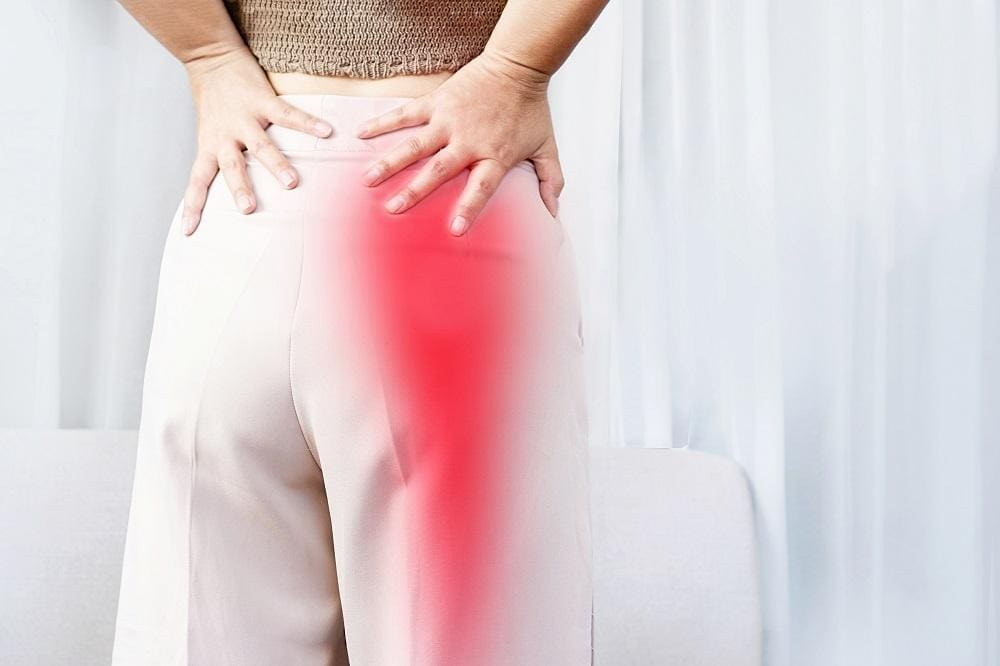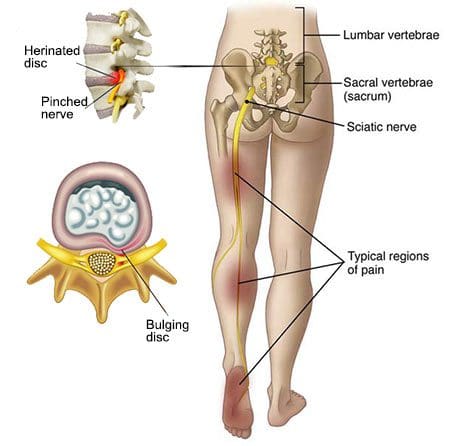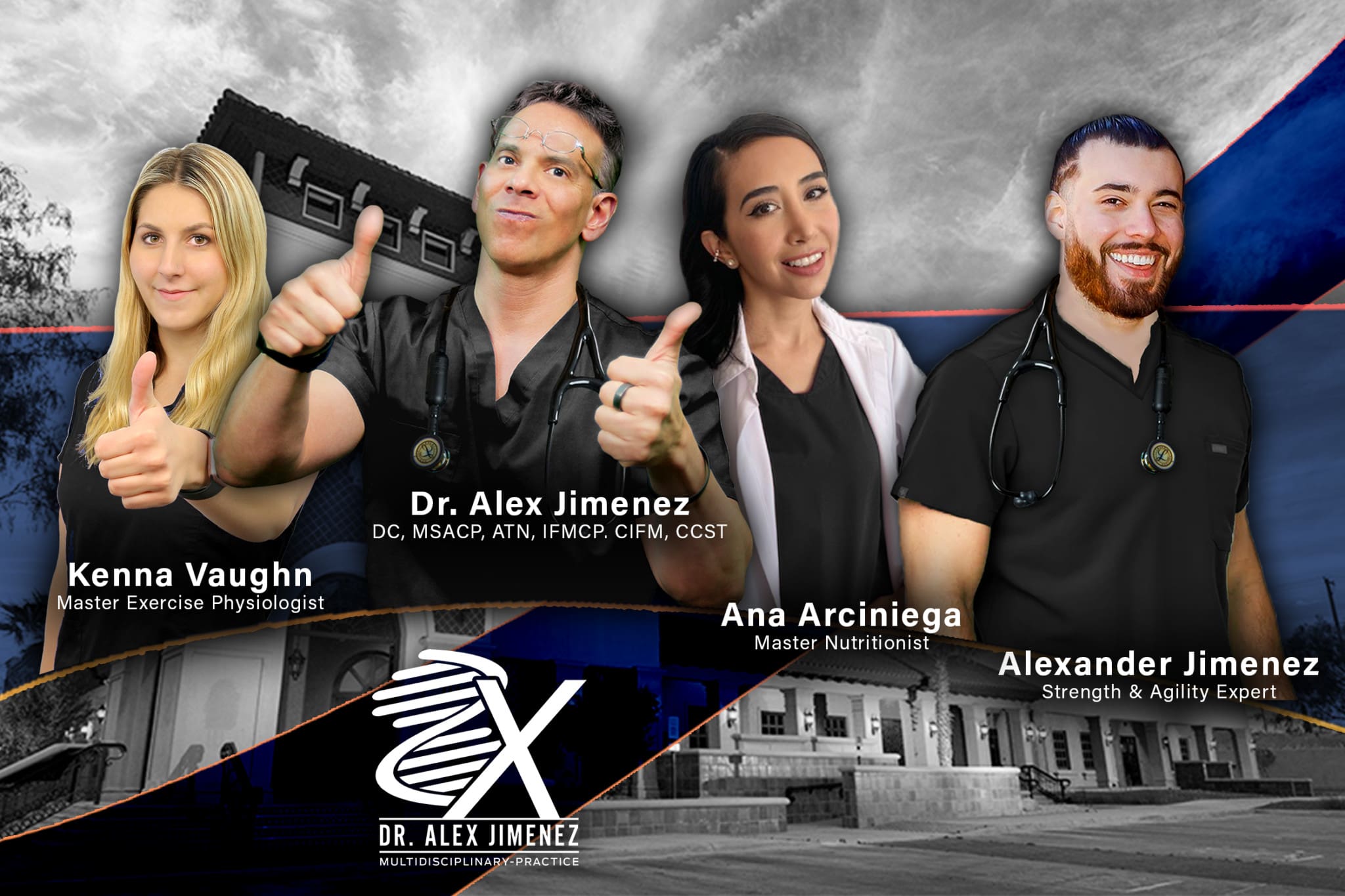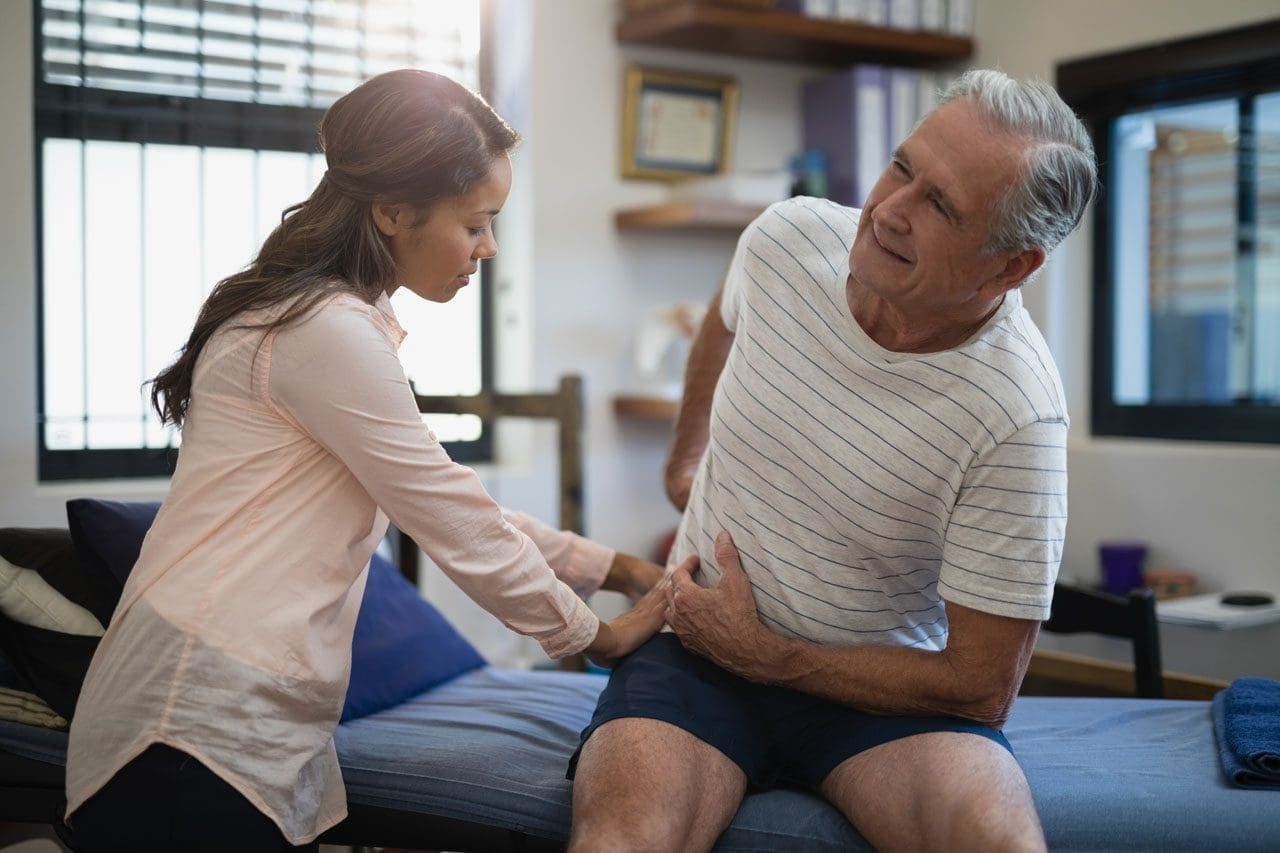Cold Weather and Sciatica: How Temperature Affects Pain
When the weather changes, that cold feeling starts to creep into the bones, especially down the back, and sciatica symptoms can flare up in the worst way.
Table of Contents
Cold Weather Can Make Sciatica Worse
Of the many patients I’ve treated, those with sciatica firmly state that cold weather worsens it. There are bonafide reasons why sciatica acts up when the temperature goes down.
Sciatica
It is a type of radiculopathy caused by pressure on one or more of the five nerve roots in the lower back. This is known as the lumbar region of the spine.


The nerves run from the lower spine under the buttocks and down each hip into the legs. Several conditions can compress these nerves at one or more spots along the way:
- Numbness
- Weakness in the
- Lower back
- Buttock
- Legs on one or both sides
Research Study
Cold weather affects sciatica because it affects different types of pain.
A study surveyed around 135,000 construction workers.
Researchers found that the men who worked in low temperatures reported higher cases of neck and lower back pain. This was compared with those working in warmer temperatures.
Cold Weather & the Spine
Pain and discomfort can increase because the muscles stiffen in cold weather. The spine’s muscles also become tight and tense. Tension and stress can worsen the pain and increase the risk of muscle strains or sprains.
Barometric Pressure
- Air pressure drops before a storm or when the temperature changes.
- These changes seep into the sensitive nerves of the lower back and cause swelling/inflammation and pain.
Physical Stress
Any movement can wreak havoc on a healthy spine. This is due to the cold weather causing individuals not to:
- Use correct posture
- Use correct movement when performing tasks/chores
- Hurrying tasks/chores
There is also the chance of a slip-and-fall accident or twisting your back.
All of this is the perfect set-up for spine and sciatic injury/s.
So How to reduce sciatic pain?
Keep Warm
- Wear warm clothing and in layers.
- A few thin layers can keep the body warmer than a single thick layer.
- Keep the lower back warm.
- Tuck your shirt into your pants to prevent a cold draft from your back when you reach for something, and then put a sweater over it.
- A couple of blankets or an electric blanket on your bed can help keep your muscles from tightening.
- Keep home as warm as possible.
- Run the car for a few minutes to preheat it before heading out.
Wear Proper Shoes or Boots
- Proper footwear should have enough tread to prevent slips and falls.
- Proper shoes for walking in cold weather. Don’t do the flip-flop thing; that’s just asking for foot/back problems.
- Orthotics can help with posture, pronation, and gait.
Warm-Up Before Starting Outdoor Activity
Stretch and loosen the muscles and joints before you go out to:
- Trim the lawn/bushes
- Take a walk
- Play with the kids
Take a few minutes to stretch and warm up inside before going outside.
Do It Right
As previously mentioned, use the correct form: lift with your legs, not the back.
- Move smaller amounts of landscaping, etc., in small increments instead of one or two heavy loads.
- Don’t twist your back while lifting.
- Face the direction you are going in.
Ask for Help
If sciatica affects the task, do not be too proud or afraid to ask for help. Stubbornness can lead to severe injury/s that could have been avoided.
Stay Active
When cold weather arrives, most people want to get on the couch, binge-watch their favorite movies, sleep, get snuggly, etc.
- Exercising and staying in shape is a top remedy for sciatica symptoms.
- Consult a chiropractor or physical therapist/trainer who can offer exercises that won’t present/exacerbate symptoms.
- Watch your weight when the cold weather kicks in, and keep up your exercise.
Sciatica Rehabilitation, Causes and Symptoms
NCBI Resources
Chiropractic care is a well-regarded alternative for addressing sciatica symptoms. Rather than being a singular injury or condition, sciatica encompasses a range of symptoms. A chiropractor can accurately identify the origin of a patient’s sciatic nerve pain to recommend the most effective treatment for their unique health concerns.
Spinal adjustments and manual manipulations can help carefully correct the spine’s alignment, restoring its natural integrity and allowing the body to heal without needing drugs, medications, or surgery. In certain individuals, sciatica may resolve itself, possibly occurring just once or a few times throughout their lifetime. However, it’s important to remember that symptoms may worsen if an injury and/or aggravated condition is not treated effectively.
Post Disclaimer *
Professional Scope of Practice *
The information herein on "Cold Weather and Sciatica: How Temperature Affects Pain" is not intended to replace a one-on-one relationship with a qualified health care professional or licensed physician and is not medical advice. We encourage you to make healthcare decisions based on your research and partnership with a qualified healthcare professional.
Blog Information & Scope Discussions
Welcome to El Paso's Premier Wellness and Injury Care Clinic & wellness blog, where Dr. Alex Jimenez, DC, FNP-C, a board-certified Family Practice Nurse Practitioner (FNP-C) and Chiropractor (DC), presents insights on how our team is dedicated to holistic healing and personalized care. Our practice aligns with evidence-based treatment protocols inspired by integrative medicine principles, similar to those found on dralexjimenez.com, focusing on restoring health naturally for patients of all ages.
Our areas of chiropractic practice include Wellness & Nutrition, Chronic Pain, Personal Injury, Auto Accident Care, Work Injuries, Back Injury, Low Back Pain, Neck Pain, Migraine Headaches, Sports Injuries, Severe Sciatica, Scoliosis, Complex Herniated Discs, Fibromyalgia, Chronic Pain, Complex Injuries, Stress Management, Functional Medicine Treatments, and in-scope care protocols.
Our information scope is limited to chiropractic, musculoskeletal, physical medicine, wellness, contributing etiological viscerosomatic disturbances within clinical presentations, associated somato-visceral reflex clinical dynamics, subluxation complexes, sensitive health issues, and functional medicine articles, topics, and discussions.
We provide and present clinical collaboration with specialists from various disciplines. Each specialist is governed by their professional scope of practice and their jurisdiction of licensure. We use functional health & wellness protocols to treat and support care for the injuries or disorders of the musculoskeletal system.
Our videos, posts, topics, subjects, and insights cover clinical matters, issues, and topics that relate to and directly or indirectly support our clinical scope of practice.*
Our office has reasonably attempted to provide supportive citations and has identified the relevant research studies or studies supporting our posts. We provide copies of supporting research studies available to regulatory boards and the public upon request.
We understand that we cover matters that require an additional explanation of how they may assist in a particular care plan or treatment protocol; therefore, to discuss the subject matter above further, please feel free to ask Dr. Alex Jimenez, DC, APRN, FNP-BC, or contact us at 915-850-0900.
We are here to help you and your family.
Blessings
Dr. Alex Jimenez DC, MSACP, APRN, FNP-BC*, CCST, IFMCP, CFMP, ATN
email: coach@elpasofunctionalmedicine.com
Licensed as a Doctor of Chiropractic (DC) in Texas & New Mexico*
Texas DC License # TX5807
New Mexico DC License # NM-DC2182
Licensed as a Registered Nurse (RN*) in Texas & Multistate
Texas RN License # 1191402
ANCC FNP-BC: Board Certified Nurse Practitioner*
Compact Status: Multi-State License: Authorized to Practice in 40 States*
Graduate with Honors: ICHS: MSN-FNP (Family Nurse Practitioner Program)
Degree Granted. Master's in Family Practice MSN Diploma (Cum Laude)
Dr. Alex Jimenez, DC, APRN, FNP-BC*, CFMP, IFMCP, ATN, CCST
My Digital Business Card




